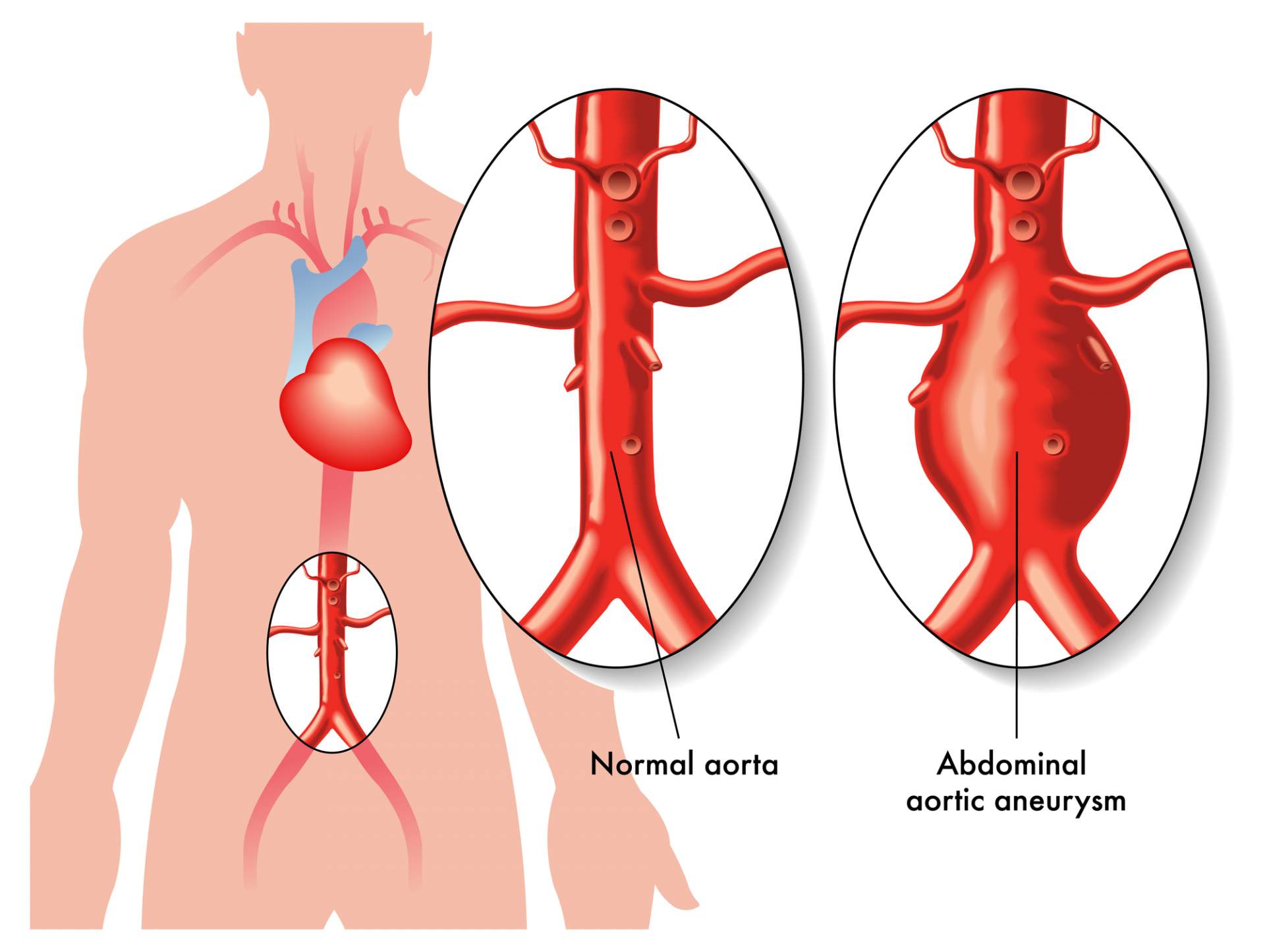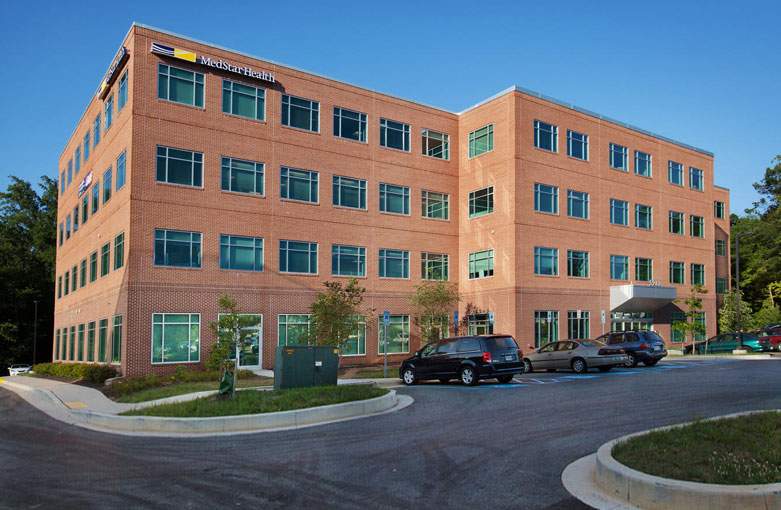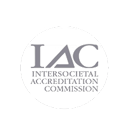Abdominal Aortic Aneurysm – The triple A to avoid
Tuesday, December 8, 2020
As a common acronym for the American Automobile Association, Triple A or AAA can be a lifesaver in times of automotive problems that often find motorists on the side of the road. In contrast, an Abdominal Aortic Aneurysm – also known as Triple A or AAA – is one of the most common vascular issues that can prove life threatening in some cases.
Abdominal aortic aneurysms (AAAs) are typically caused by progressive weakening of the aortic wall that creates a “ballooning” of the blood vessel. While most aneurysms are asymptomatic, they may expand in size and eventually rupture if not diagnosed and treated.

Aneurysms occur most often in the aorta, the main artery of the chest and abdomen, which carries blood from the heart to all parts of the body.
Like many silent-but-deadly health issues, there are no major symptoms for AAA in most cases as it often grows slowly. Occasionally, patients may feel abdominal, back or side pain, which can be signs of impending rupture. Some patients may also experience nausea or a pulsating abdominal mass, which are also common symptoms.
When it comes to diagnosing abdominal aortic aneurysms, statistics show that 75 percent of aneurysms that are discovered are detected from diagnostic tests (such as x-rays) that were scheduled for other health problems. While AAAs can be detected by physical exam, most are diagnosed by ultrasound or computed tomography (CT) scan. Both are non-invasive, outpatient procedures designed to measure the size of AAAs, and determine the best treatment for the patient. What is key to remember is that when an aortic aneurysm is diagnosed early, treatment is typically safe and effective, and rupture of the aneurysm is preventable.
According to statistics from the Mayo Clinic, abdominal aortic aneurysms are responsible for three million cases per year, and are most common in older men and smokers. In addition to knowing the few symptoms of an abdominal aortic aneurysm, there are many risk factors that can cause or advance the development of AAAs. The most important risk factors are:
- An age over 60 years
- Tobacco use
- Family history of AAA
- History of heart disease or peripheral artery disease (PAD)
- High blood pressure (hypertension)
Some quick facts to keep in mind about abdominal aortic aneurysms are:
- The risk of AAA increases with age
- Tobacco users are eight times more likely to be affected than non-users
- AAAs are between five to 10 times more common in men than in women
- There are approximately 15,000 deaths per year related to the rupture of an aneurysm
- Ruptured aneurysms are the 10th leading cause of death in men over 50 in the country
Most AAAs typically develop as the result of a weakening of elastin and collagen in the aortic wall. In addition, inflammation associated with atherosclerosis can accelerate the degenerative process. Some of the body’s naturally occurring enzymes may cause the breakdown of collagen and elastin in the aortic wall. An excess of these enzymes or conditions that activate the enzymes may cause the formation or growth of an aneurysm.
When it comes to the treatment of abdominal aortic aneurysms, size truly does matter. Small aneurysms – less than 4.5-5cm – can generally be safely observed. As the aneurysm size begins to increase beyond this level, to greater than 5.5cm for instance, the risk of rupture increases exponentially and surgery is advised. Other factors that determine whether surgery is necessary is the rate of growth of the aneurysm and whether the patient has any symptoms such as abdominal or back pain.
In the past, the main treatment for large AAAs was open surgery through an incision in the abdominal wall and replacement of the aneurysm with a synthetic graft. Today, most aneurysms can be treated in a minimally invasive manner with stent grafts placed through two small incisions in the groin. This is usually a well-tolerated procedure with most patients requiring only one or two days in the hospital following surgery, and a quicker return to work.
Ultimately, the combination of early diagnosis, regular monitoring and appropriately timed treatment can prevent deaths from ruptured abdominal aortic aneurysms.









Thanks to his knowledge and guidance, I experienced significant improvement and, ultimately, complete healing. His approach was thorough, professional, and reassuring, which made the entire process much easier to handle. I truly appreciated how he took the time to explain every step and answer all my questions patiently. Dr. Ikpoko on Youtube didn’t just treat a medical condition; he restored my confidence and quality of life. I feel healthier, happier, and more empowered today because of his dedication. I wholeheartedly recommend Dr. Ikpoko to anyone seeking expert help for oral herpes or similar conditions. Website: https://drikpoko.wixsite.com/herbs Or email: Drikpoko@gmail.com Thank you so much, Dr. Ikpoko, for your outstanding care and for giving me a fresh start! Thursday, November 27, 2025
Last year, hoping for additional support, I decided to try a herbal treatment program from NaturePath Herbal Clinic. Honestly, I was skeptical at first, but within a few months, I began to feel some changes. My fatigue lessened, my digestion felt better, and overall I felt more balanced and healthier. I also regained much of my energy and confidence. It’s been a meaningful experience, and I feel more like myself again.If you or a loved one is dealing with Hepatitis B, you might consider exploring complementary approaches that feel right for you. This was simply my personal experience. You can visit their website or contact them at www.naturepathherbalclinic.com ,
info@naturepathherbalclinic.com Monday, December 8, 2025
Despite my visit to several doctors my health wasn't getting better, all they could say is for me to stay on the treatment. At the verge of giving up, I went to the internet to search for a treatment on my own at least. But I found a cure instead. On the internet, I read a testimony of a lady who had herpes. She shared an e-mail address of the Doctor. Luckily everything seemed to be okay after I took Herbal Medicine. I wish I could say that’s the end of it because I haven't had any symptoms since then. Do not expose yourself to more danger, use a herbal remedy that is safe and effective. If interested, contact Dr Ikpoko via email: drikpoko@gmail.com Whatsapp +2348108298045 https://drikpoko.wixsite.com/herbs You are the best Doctor sir. Wednesday, December 10, 2025